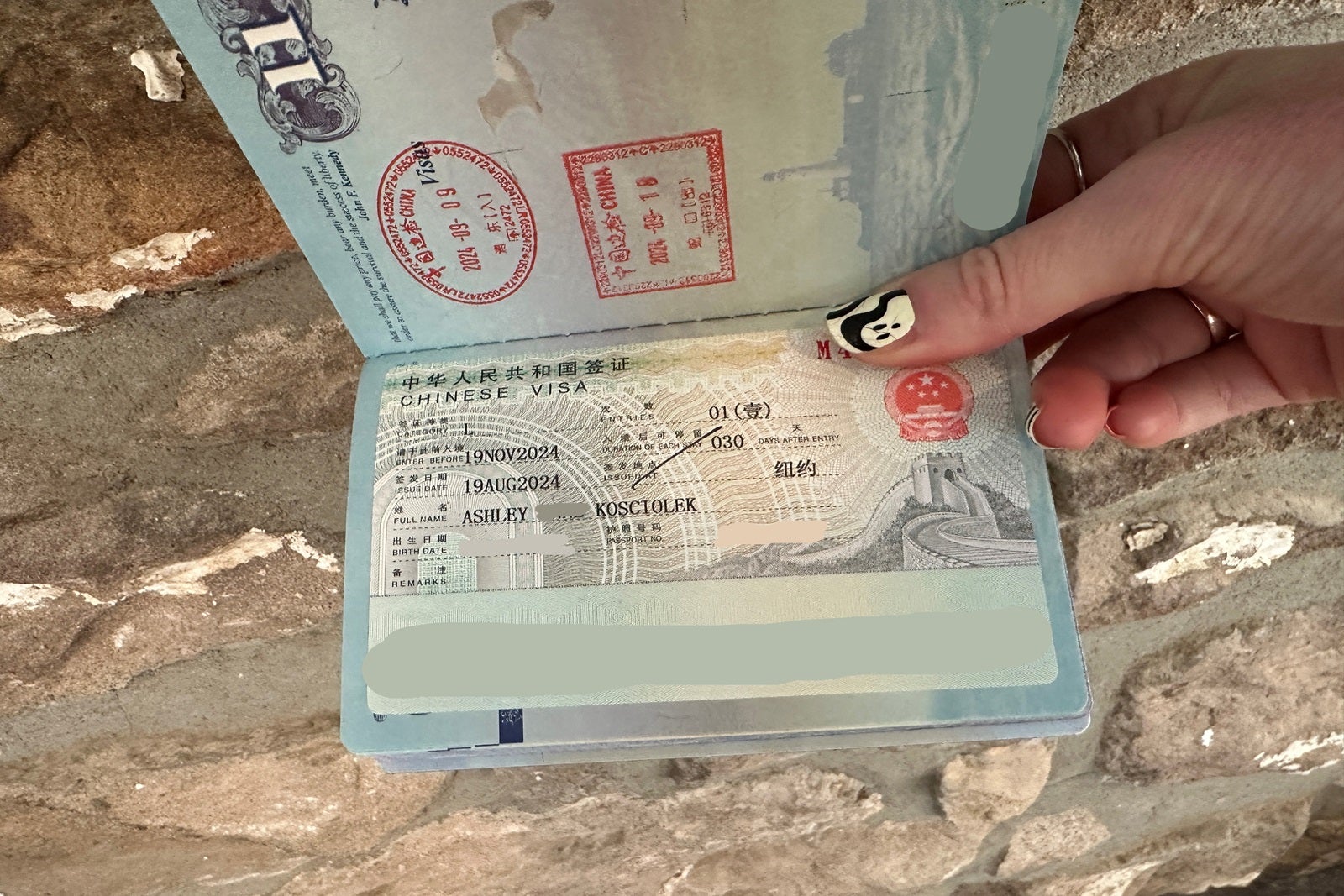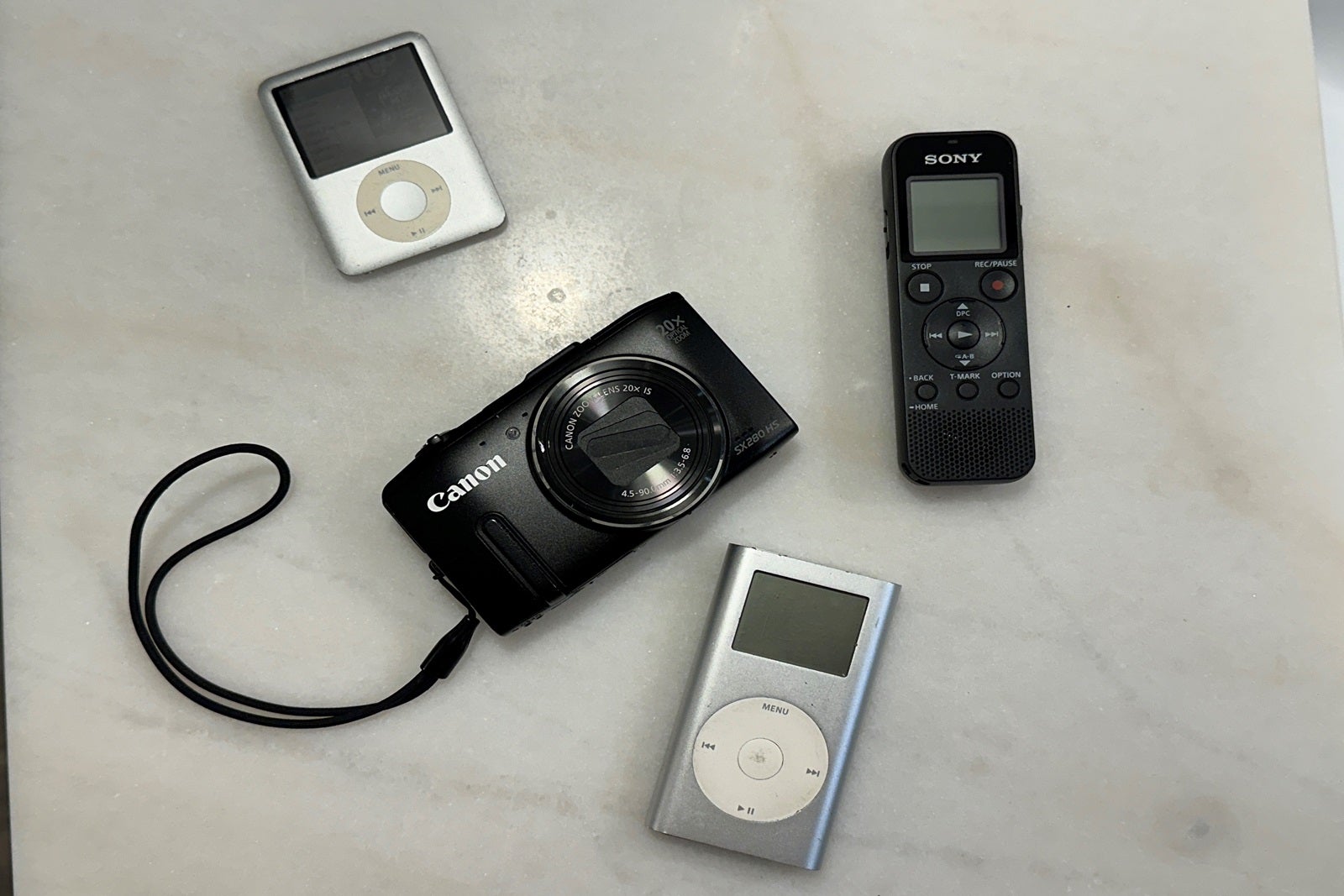A trip to China isn’t all temples and dim sum. Before you can enjoy what this beautiful country has to offer, you first have to plan your trip — a task that isn’t always easy, thanks to obvious issues like culture shock and language barriers and not-so-obvious ones like cybersecurity and a cumbersome visa application process.
Any of these issues can trip you up if you don’t know what to expect. Following a recent cruise along China’s southeastern coast, I’ve compiled a list of things to know that will help you avoid headaches before, during and after your voyage.
Visas could be required — and they’re tricky
Does cruise ship travel to China require visa approval? If you’re planning a China-intensive sailing, the answer is yes, but there are some exemptions. Your cruise line will tell you for sure if you need one.
When planning your trip, you’ll want to consider both the cost of obtaining your visa and how long it could take to be processed. You can apply for a visa by filling out the appropriate forms, gathering the documentation you’ll need and heading, in person, to a Chinese embassy or consulate. Or, you can use a service to do the application for you.
Depending on the cruise line you choose, it will likely recommend a service that will fill out and submit the application on your behalf after you provide it with the necessary information and documentation.
Generally, you’ll want to apply for a multi-entry visa that’s valid for 120 months. However, there’s no guarantee that your application will be approved or that you’ll receive the full 10-year version, even if your visa request is granted.
Before my recent cruise with Viking, I submitted my documentation at the consulate in New York. The cost was $140. I was approved for a visa (which I had to pick up in person a few days later), but it was only good for a single entry. It also allowed me into the country for just 30 days before I was required to leave. I suspect that I received a limited visa because I was applying with a secondary passport. (It’s a long story, but I ran out of pages in my main passport.)
Fellow passengers I spoke with on my sailing said they applied with standard passports via the service Viking recommended and were approved for 10-year visas at a cost of about $1,200 per person — a significant price difference. The Chinese embassy website lists prices for all but one type of visa at $140 per person for U.S. citizens, so the majority of the $1,200 cost was likely a service fee, perhaps with some expedited shipping costs mixed in.
You should apply for your visa with at least 30 days remaining before your sailing date to allow enough time for processing. If you have other international travel planned during the application time frame and can’t part with your passport (which you’ll need to submit with your visa application), you can apply for a secondary passport. Just leave enough time to apply for that and then apply for your visa.

Daily Newsletter
Reward your inbox with the TPG Daily newsletter
Join over 700,000 readers for breaking news, in-depth guides and exclusive deals from TPG’s experts
It’s nearly impossible to get by without a phone
Possibly more than in other countries, you really need a cellphone when traveling in China.
Few locals speak English, even in major cities, and you likely won’t find signage written in the Latin alphabet. Unless you speak or read Chinese, you’ll have trouble figuring out where you are and where you’re going without the aid of a map app or a translator on your mobile device.
Some stores in China do not accept U.S. credit cards, though all are required to accept Chinese currency, the yuan. However, vendors won’t always have change if you have to break a large bill. Many people in China transact using finance apps, such as Alipay and WeChat Pay, which require a mobile device to use.
Admittedly, navigating throughout China without a phone is much easier on a cruise, where you can travel in a group on shore excursions, your meals are included and you don’t have to worry about the logistics of intra-country travel. But if you plan on shopping or exploring independently, a cellphone is a huge help.
But you should think twice about taking your device
If you choose to travel to China, be aware that you will not only have to provide highly personal information to apply for a visa, but — as is the case in some other countries — you’ll be required to submit your biometrics via a facial scan and a full set of fingerprints when you arrive.
Additionally, the Chinese government, by law, has the right to search any electronics you bring, including your cellphone, and make copies of your data.
It’s up to each traveler to decide which electronics to take with them; I chose to leave my mobile phone at home. If you do pack a phone or other personal device, you’ll need a virtual private network should you wish to bypass the country’s bans on many common social media and streaming apps. Note that a VPN does not automatically safeguard you or your sensitive information.
Western toilets are only guaranteed on board
Although your ship will be outfitted with the type of toilet you’re used to, squat toilets are the norm in many Eastern countries when you’re out and about on land. You might occasionally spot the odd Western-style commode in public restrooms; if there is one, it’s usually the farthest stall from the entrance. Otherwise, you’ll have to hover over what amounts to a fancy hole in the ground. The farther down you can squat, the less you’ll have to worry about backsplash.
Many public restrooms do not offer toilet paper, soap or hand sanitizer. Bring your own with you, just in case, or ask your tour guide, who might have some on hand.
There’s just 1 ship for Americans that sails China-only voyages
Several ocean cruise ships are based in China, but they mainly cater to Chinese passengers by offering an Eastern experience — from language and signage to food and activities. Some ships visit China with North American passengers, but they offer one or two ports of call at most, which isn’t enough to immerse yourself in the culture.
The only large cruise ship that both sails China coastal voyages and caters to North Americans is Viking Yi Dun. Formerly Viking Sun, the ship was renamed in 2017 when China Merchants became the majority owner of the vessel and had it registered in Shenzhen. Because a Chinese company now operates the ship, and it flies a Chinese flag — which is required for ships to sail exclusively in Chinese waters — Viking Yi Dun is allowed to sail in southeast China.
Blending Viking’s usual Scandinavian style with Chinese touches — a selection of traditional menu items, talks about China’s history and onboard tea ceremonies — the ship offers a terrific experience. Plus, beyond the ship, Viking offers precruise and postcruise land tour options that take travelers (via bus and, in some cases, flights) to Beijing for the Great Wall, Xian to see the Terracotta Army and Chengdu to see giant pandas, followed by trips to Tibet and Mongolia.
So, if you’re looking to try an immersive cruise to China, rather than a multicountry Asia cruise with a single port visit in China, consider a Viking cruise.
Western visitors are welcome but often spark curiosity
The one refrain I constantly heard throughout my cruise in China was that the country truly wants Western travelers to visit. Tourism there hasn’t quite rebounded to pre-coronavirus levels just yet, and everyone from tour guides to shop owners is eager to welcome North Americans.
Even when tourism is at its peak, Westerners are rare in China, particularly in some of the smaller ports your ship might visit. This is especially true if you sail on a river cruise along the Yangtze or on an ocean itinerary with Viking Yi Dun. Because the places the ships take you tend to be more popular with Chinese tourists (as opposed to international ones), you can expect curious looks or even photo requests if you’re tall or have blonde hair.
Generally, the Chinese nationals who visit the temples and areas of interest alongside you are already in sightseeing mode, just like you are. They’ll have their cameras ready and will want to pose for photos with you — or try to snap them when they think you’re not looking. Take it as a compliment if they’re fascinated by you, and don’t be surprised if small children attempt to practice their English skills by asking your name and where you’re from.
Bottom line
If you’re considering visiting China for the first time, a cruise is one of the best ways to experience the country. To cut down on headaches before, during and after their travels, North Americans making their way to the country should carefully time their visa applications, consider cybersecurity risks, take plenty of cash and go with open minds.
Want to know more about traveling to China? We’ve got you covered:






